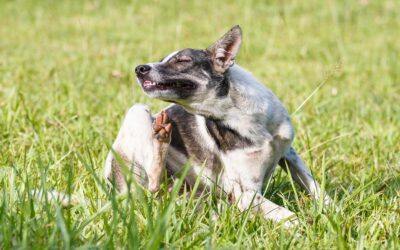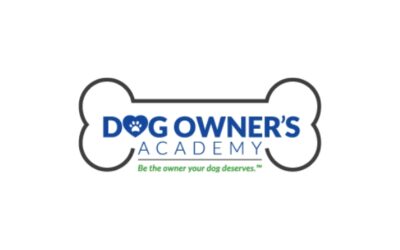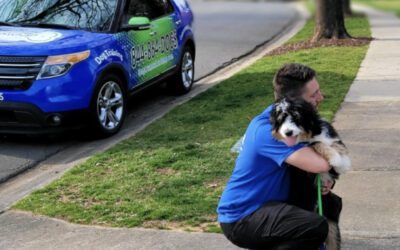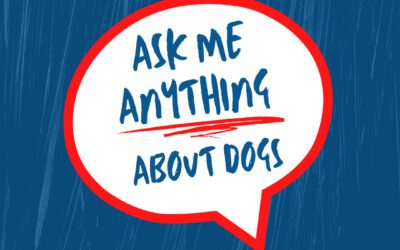Master the intricacies of canine allergies—from causes and symptoms to advanced treatment strategies—to ensure your dog enjoys a happy, healthy life.
Thanksgiving: Celebrating Safely with Your Furry Friends!
As we at Dog Owner’s Academy gear up for a Thanksgiving with our families, we thought we’d share some tips and fun scenarios to ensure you and your pup have a memorable holiday.
Lean Dogs Live Longer: Unraveling the Hidden Dangers of Canine Obesity
Chubby pups might be endearing to look at, but when thinking about the health of our dogs, it’s best they maintain a trim figure. Unfortunately, similar to humans, a significant number of dogs struggle with weight issues.
The Ultimate Guide to a Dog Safe Halloween
With Halloween swiftly approaching, neighborhoods are buzzing with preparations. While our focus might be on choosing the perfect costume or decking out our homes with eerie decorations, it’s crucial to keep our four-legged friends in mind.
Our Dog Training Philosophy
The principles we’ve laid out are the essence of our training philosophy at Dog Owner’s Academy, ensuring we approach each training session with empathy, knowledge, and patience.
Dog Safety on Fourth of July: Keeping Your Dogs Calm & Safe
Prepare for a dog-safe Fourth of July with our comprehensive guide. Learn why fireworks can distress your pets, how to mitigate risks from barbecues and the summer heat, and ways to keep your dogs calm during the celebrations. Embrace the holiday spirit while ensuring your pet’s wellbeing!
Doggie Social Adventure at Canteen in Camp Northend -Charlotte on April 30th! 🎉
You and your fur-ocious partner in crime are invited to the first Dog Owner’s Academy Social gathering on April 30th at Canteen, the hip and happening spot in Charlotte’s coolest kingdom, Camp Northend. With its vibrant community, fascinating history, and creative spaces, Camp Northend is the perfect place for our doggy shindig.
Emotional Service Dogs: A Lifeline for Mental and Emotional Well-being
Although not legally mandated to receive specialized training, emotional support dogs must be well-behaved and able to provide their owners with the necessary emotional support. To ensure the effectiveness of their assistance and protect their owners’ rights, it is essential that these dogs receive proper care, attention, and training.
Ask Me Anything about Dogs | Weekly Zoom Sessions by Dog Owner’s Academy
Do you feel like you’re barking up the wrong tree when it comes to training your dog? Or maybe you’re just itching to uncover the mysteries of your dog’s quirky behavior?
Look no further, because Dog Owner’s Academy has the perfect event for you!
Schedule Your In-Home Consultation
It all starts with you booking a completely free, in-home consultation by clicking the button below!
Opening Hours
M-Sa: 10am - 7pm
Address
1111 Central Ave., Charlotte, NC 28204
Phone
844 864 3647










